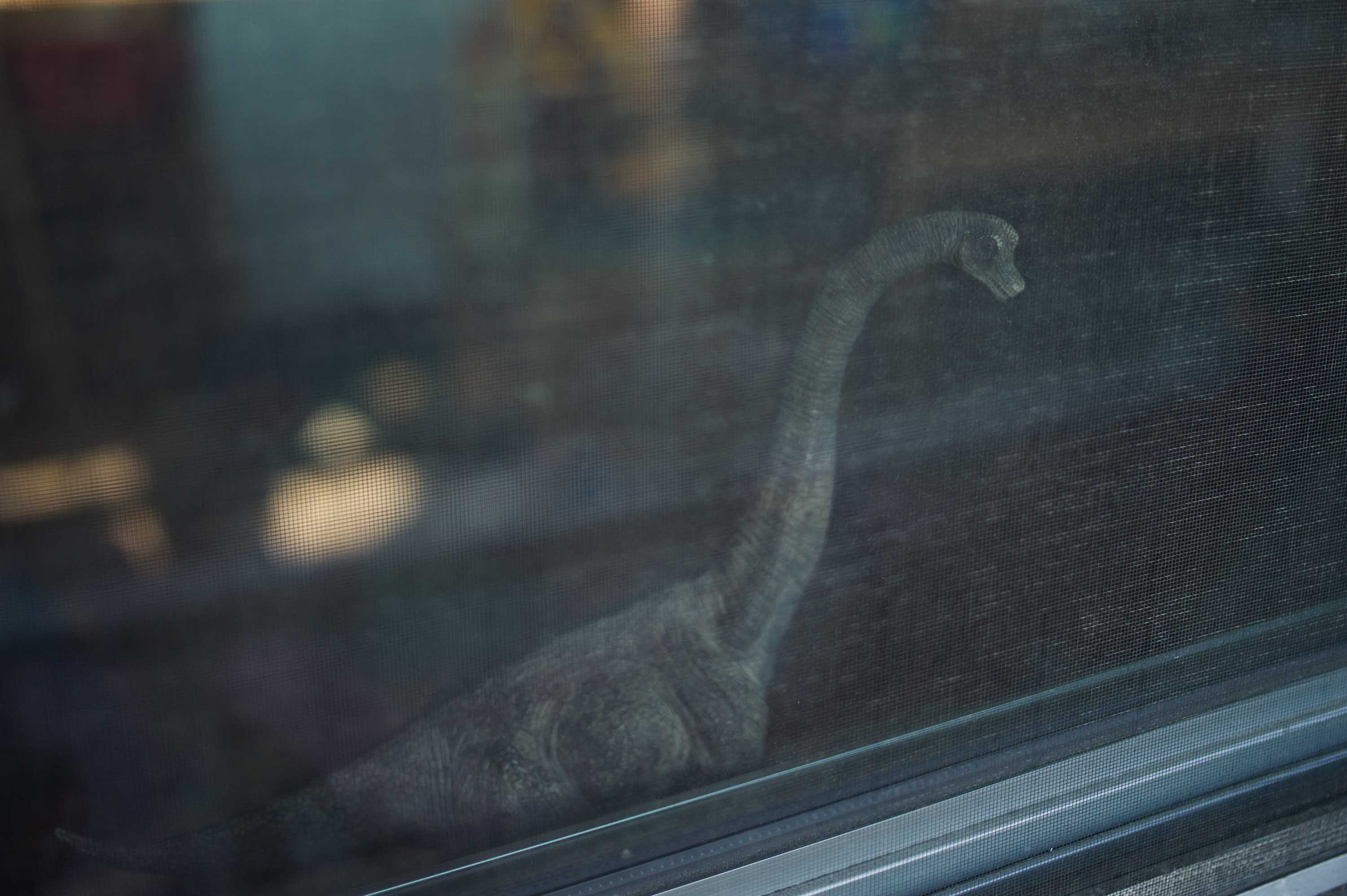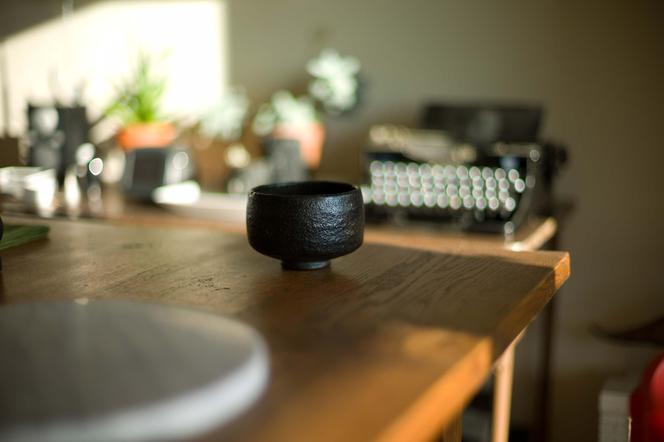
Read the article on How a Ferry Ride Helped Make Brooklyn the Original Suburb in the New York Times this afternoon. I was on the F train and on my way home from JFK. I had dropped off my parents at the airport, and then took the air train to Jamaica, Queens. From there, after a short walk, I was able to take the F. The F train, the one that has the deepest and the highest station in the New York subway system, and the one that received the first air conditioning.
It was interesting to read that article on the subway, coming from the airport. It is interesting to write about that little moment here, in a virtual corner of a place that can only be accessed by very sophisticated machines. They are sophisticated and complex on one hand, but on the other hand they are available to many today, and they allow us to stay in one place, while we work in a different one, or do something half way around, or truly on the other side of the planet. So while it is vital to be with someone in person sometimes, and while it is incredibly important to be present and there, and in that very moment with all of its imperfections, it is possible to let certain parts of our thoughts travel and commute and find a connection over land and water and beyond the curvature of the earth.
And we have always created pieces of information that we would then let fly somewhere in the hopes that some other person, living or not yet living, would be able to find that little piece of our brain, and then somehow be touched in some way. But it is vital to be present sometimes, and truly there, and really tangibly at almost the same point in space and time. And so infrastructure exists to make that possible. It is one of the priorities of humanity it seems, to be able to get from one place to another, and to do that with a certain ease, and a certain level of comfort, and affordably.
And when such infrastructure exists, then certain things and businesses and objects, can be centralized, and we can assume that it is okay for people to spend some time in motion to get to them. And because some places are easier to get to, or more properly located than others, there starts to be a bit of a shift in the quality of certain elements of things in certain locations. Walking through Jamaica, Queens, it was somehow clear that I was not yet at my final destination, and it was also clear that many people I encountered were not at their destination either.
But how does one create a place that becomes a location one would love to make into a personal destination? And I don’t mean a tourist destination. More of a place that is inviting on many tangible and intangible levels? How does one create a place that works on a human scale, one that is worth a walk, worth a linger, worth a stay? How does one do that? It is nice that we have the means to get ourselves from one place to another. It is impressive, that we can travel far and near and quickly and maybe conveniently. And it is also impressive that the way we deal with information now has become somewhat effortless and in many ways even automated. But how would one build a place where no commuting of matter or information would be necessary?
How would one design a place that could keep the motion of things at a more tangible, human scale. A place where information could easily travel without the use of sophisticated machines? How would people experience such an environment? How would they take care of it and care for it? What would it look like? Is such a place desirable? Is it an utopian space that is not something good for progress? Would those who do not need to travel in any way become more and more dull over time? Is it vital for the creativity of our brains to cross the landscape, be it on foot or in our imaginations?
Maybe some kind of mix of things would be the ideal state? A protected environment, walkable, with some unique architecture that is adjusted to the needs of the people but also responsive to the location, in a dialogue with it. Then also some kind of reliable and sustainable infrastructure that could make the travel from place to place a pleasant and educational experience. And then the aging process, the shift of seasons, the difference between day and night, all of these should probably be something worth observing.
It feels like certain ways of dealing with the how we live were more natural and more suited to us as humans in the past. We changed things to make them more convenient for machines. And once that was done, we created more machines for the making of things, for transport and even machines for living.
But there is obviously a good chance that the time ahead is going to make us think about other ways of dealing with time and space again. There is a good chance that it will make good sense to look at the way all the pieces and we are moving again. There was this other article I read while probably at the kitchen table. I think a lot is changing, a lot is in motion anyway. Here is that other article about New York in 2050. I was not quite sure why I had intuitively chosen the photo above for this entry. But I think now it somehow makes sense.
I remember a taxi driver in Mumbai who told me that he just could not wait for the stupid giant building left by the British to finally fall into pieces. They had been placed without any understanding of location and climate and needs. It was funny that he would say that while driving a German visitor from New York, in a blue taxi. The blue ones are air conditioned. He was driving me to a hotel somewhere in a new area of town. The place was a glass block, I think. So it all becomes stranger the more I think about it
It is not a secret that I love certain areas in Beijing. I love how pieces of that city contain the wisdom that was put there by those who paid very good attention to not just their cultural context, but to the climate and the location and the associated fluctuations of everything. I must have written about this many, many times. One of my favorite experiences in Beijing is the moment of stepping from a busy street into a hutong. The total experience is what makes this so special. The complete shift in light and temperature and sound. The alleys were designed to protect and to contain. They were invented to allow access, but to protect from sand storms and noise and actually anything and anybody. The individual houses are then another dimension of that. Not only are they little places within a larger labyrinth, they are also often more than one layer of protection. Many of the original houses had an outer layer of the inside designed for service and certain access, while the very inner core of the house was the most private. Some people were not allowed to enter parts, while others were not allowed to leave other parts. The forbidden city is in a way a mega version of that idea. And no matter at what scale, this way of containing and creating space for humans feels profoundly appropriate for certain locations. It feels brilliant and wise.
Guangzhou, as a southern city, had also narrow alleys, but the houses were created taller, so they would create more shade. Here a certain motion of air was desired, and the protection was from humidity and the sun?
Venice has narrow alleys like that, they might feel sweet and romantic to the casual visitor, but they must have felt impenetrable and deadly to anyone who would ever want to conquer that city. But the shade, the circulation of air, the water, all of the elements were in a certain harmony that feels so very appropriate for that very location?
I am writing all this in a small room on the 10th floor of a strange grey box at the edge of a road that was paved into submission by Robert Moses. I live in a place that was branded to make it be associated with a nice location in London. The man who built this “tower” eventually threw himself from its roof. On some days, that decision seems to make perfect sense. Poor man. But the views are wonderful. And I love that I was able to find a place with unobstructed views of the eastern sky. And an outdoor space that allows to walk out and look at the tops of trees and the hills of the nearby Prospect Park.
Far in the distance glow the lights of JFK. A bridge peeks from the edge of the horizon. A hospital looks like a castle. A college shows a pleasant little tower. It is nice that I am able to write this in a small room, inside of a giant concrete box. But it is very obvious even to me, that at some point in time ahead, we will invent other ways of being in such a density as the one here. And everything will adjust to some larger forces.

Comments